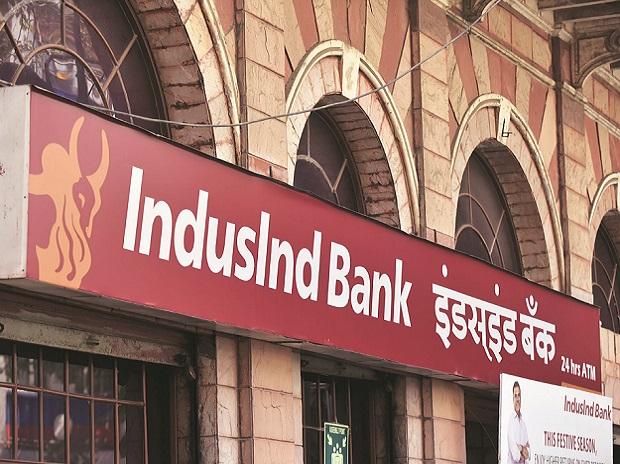Private lender IndusInd Bank is looking to grow its loan book by 15-18 per cent year-on-year for the next two financial years under its fifth planning cycle. This coincides with a gradual recovery after the Covid-19 pandemic caused severe economic disruption.
The roll-out of planning cycle (2020-2023) with a strategy of “scale with sustainability” was postponed by a couple of quarters due to the pandemic. The fourth cycle (2017-2020) of the Hinduja Group-backed lender focused on “market share with profitability”. This will be the first planning cycle under Sumanth Kathpalia, who became chief executive officer (CEO) and managing director (MD) of the bank in March 2020 for three years. He succeeded Romesh Sobti who retired as MD & CEO after a 12-year stint.
The lender’s year-on-year growth in advances was flat at Rs 2.07 trillion till end of December 2020. Its deposits grew by 10 per cent to Rs 2.39 trillion.
In an analyst call after the third quarter results, Kathpalia said the bank would be conservative, create a balanced and secured balance sheet and provide ahead of curve for stressed assets. Besides scaling up domains of expertise —vehicle finance, micro finance and diamond finance —the lender would focus on new growth areas such as affluent banking, non-resident Indian (NRI) banking and micro, small and medium enterprises. The rural penetration will also get a boost.

On the liabilities side, it would work on doubling its client acquisition rate, reducing dependence on top 20 deposits to enhance resource base and take the share of affluent & NRIs in incremental deposits to over 30 per cent.
The bank would aim for a credit-deposit ratio below 95 per cent. It aims to keep share of unsecured retail loans below 5 per cent and have a provision coverage ratio of over 65 per cent in the fifth planning cycle.
Its last planning cycle from 2017-2020 saw its loan book expand at a compound annual growth rate (CAGR) of 22 per cent to Rs 2.06 trillion in March 2020 from Rs 1.13 trillion in March 2017. The deposits grew at a CAGR of 17 per cent to Rs 2.02 trillion in March 2020 from Rs 1.26 trillion in March 2017. The bank’s branch network grew from 1,200 in 2017 to 1,911 in March 2020, with the client base jumping from 9.5 million in March 2017 to 25 million in March 2020.
 Dear Reader,
Dear Reader,
Business Standard has always strived hard to provide up-to-date information and commentary on developments that are of interest to you and have wider political and economic implications for the country and the world. Your encouragement and constant feedback on how to improve our offering have only made our resolve and commitment to these ideals stronger. Even during these difficult times arising out of Covid-19, we continue to remain committed to keeping you informed and updated with credible news, authoritative views and incisive commentary on topical issues of relevance.
We, however, have a request.
As we battle the economic impact of the pandemic, we need your support even more, so that we can continue to offer you more quality content. Our subscription model has seen an encouraging response from many of you, who have subscribed to our online content. More subscription to our online content can only help us achieve the goals of offering you even better and more relevant content. We believe in free, fair and credible journalism. Your support through more subscriptions can help us practise the journalism to which we are committed.
Support quality journalism and subscribe to Business Standard.
Digital Editor

RECOMMENDED FOR YOU